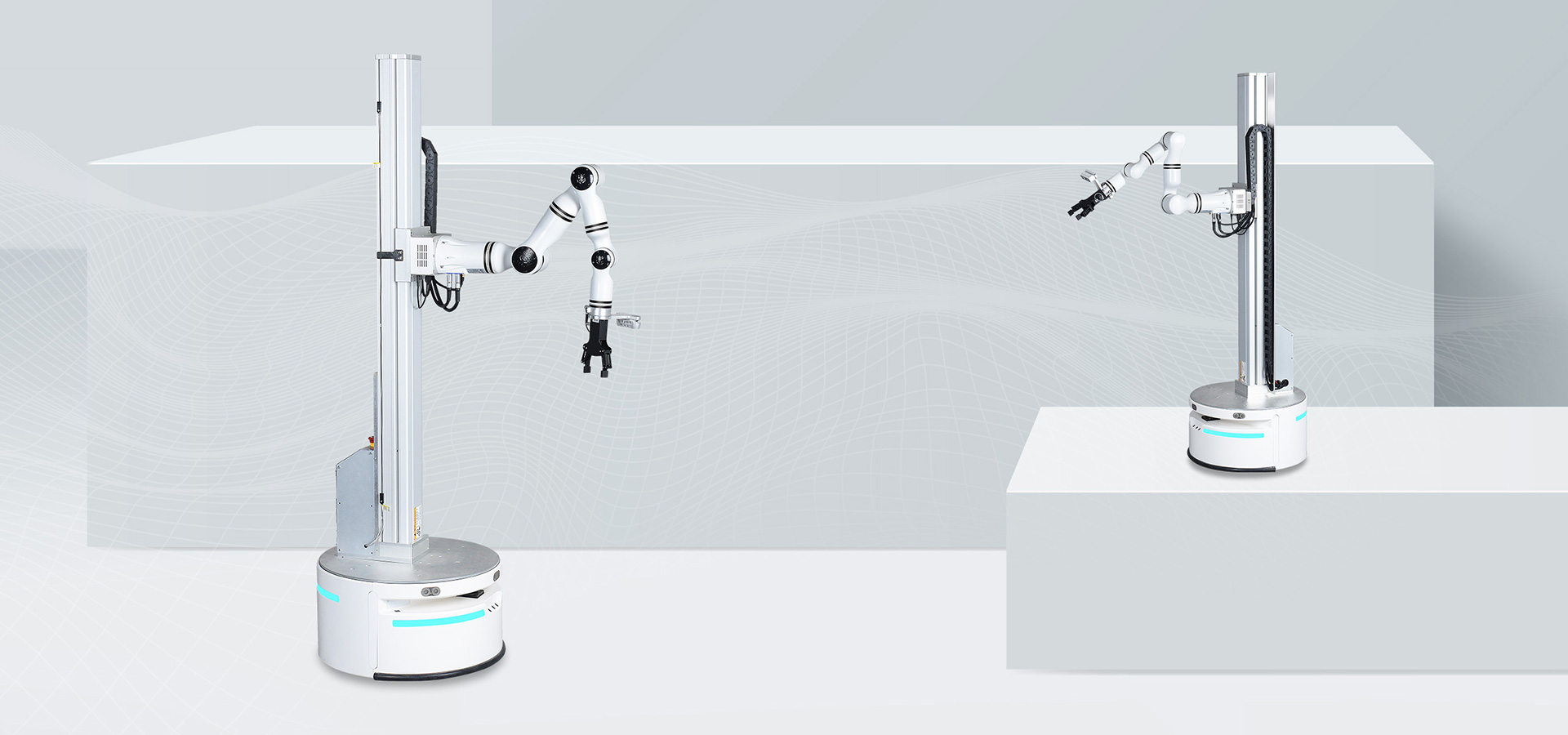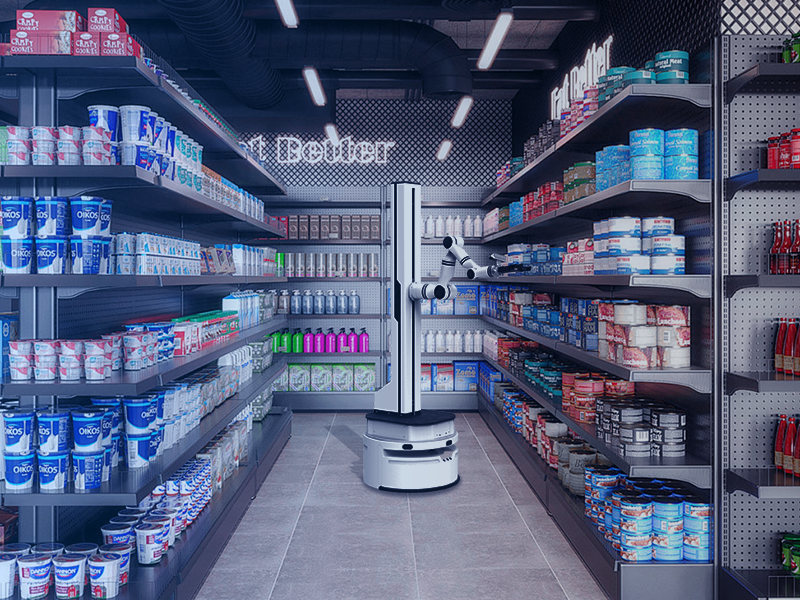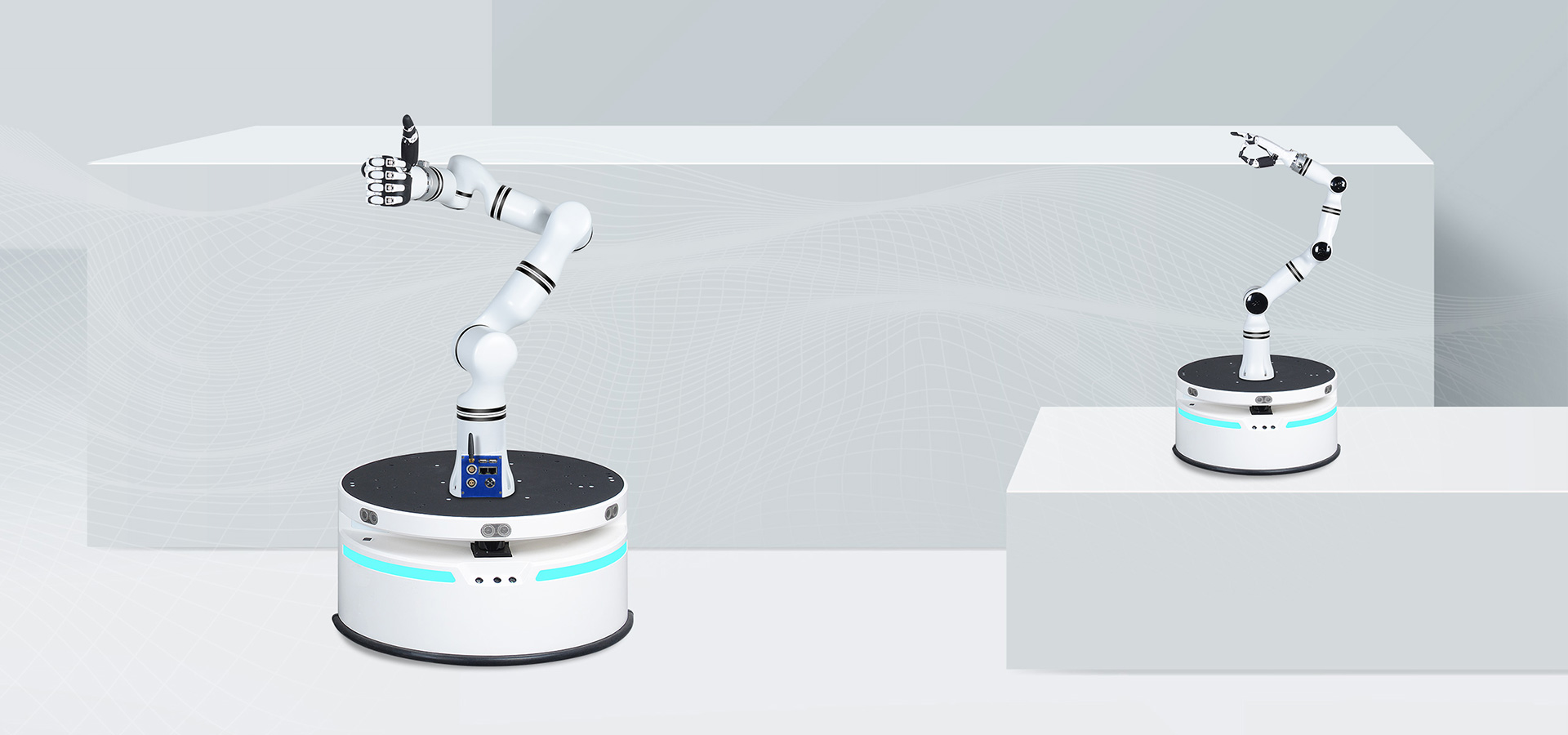-
RM Series
Ultra-lightweight Humanoid Robotic Arm
RML Series
Ultra-lightweight Lengthening Robotic Arm
ECO Series
Ultra-lightweight Cost-effective Robotic Arm
GEN Series
Entry Level Affordable Robotic Arm
Compound Robot
Integration, Interactivity and Openness
Accessory
Eco-industrial Chain
Robot integrated actuator
Integration, Interactivity and Openness
Service
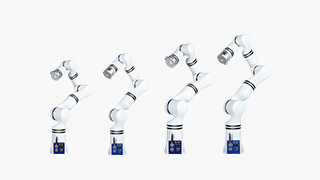
RM Series
Weight: 7.2kg Payload: 5kg Range:610cm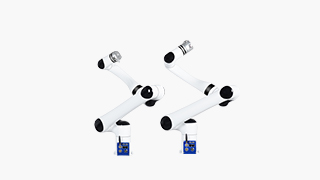
RML Series
Weight: 10kg Payload: 3kg Range:900cm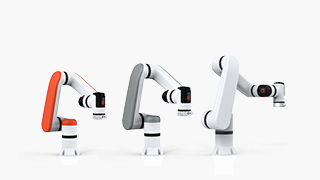
ECO Series
Weight: 7.8kg Payload: 5kg Range:610cm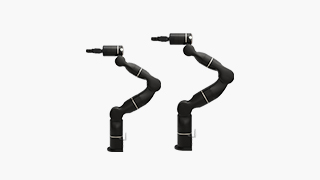
GEN Series
Weight: 6.6kg Payload: 2kg Range:600cm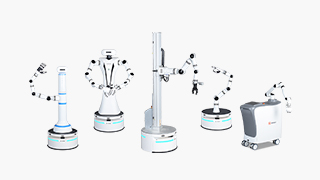
Compound Robot
Embodied Intelligent Robot, Created with an RealMan Robotic Arm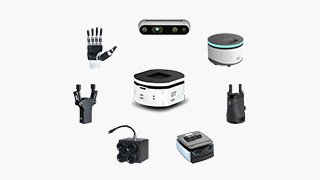
Accessory
Our robotic arm operates in an open environment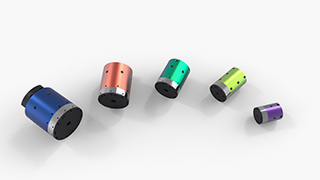
Robot integrated actuator
Tinier in Size, Mightier in Power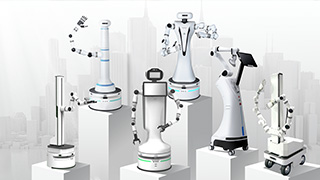
Service
Computer system design
 En
En


